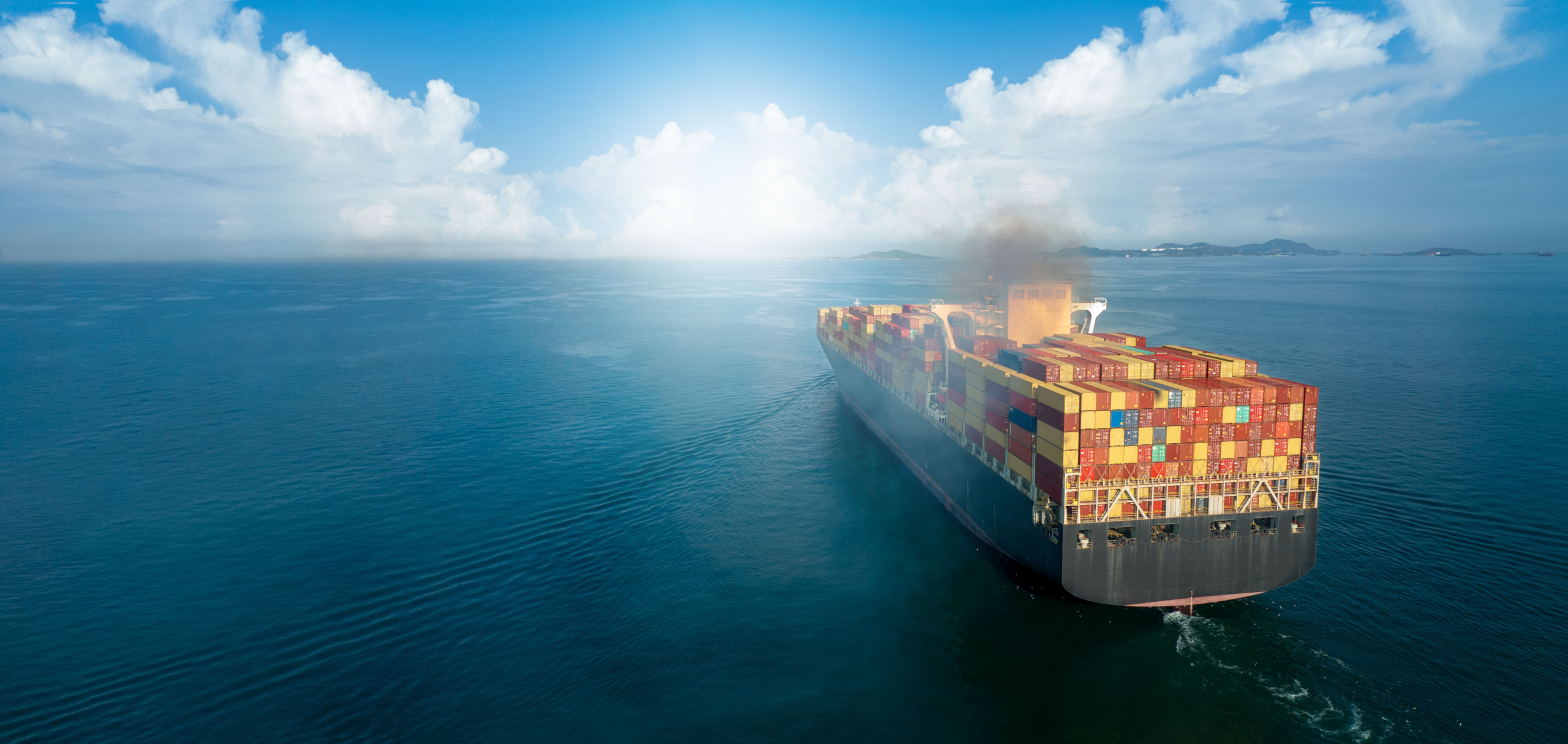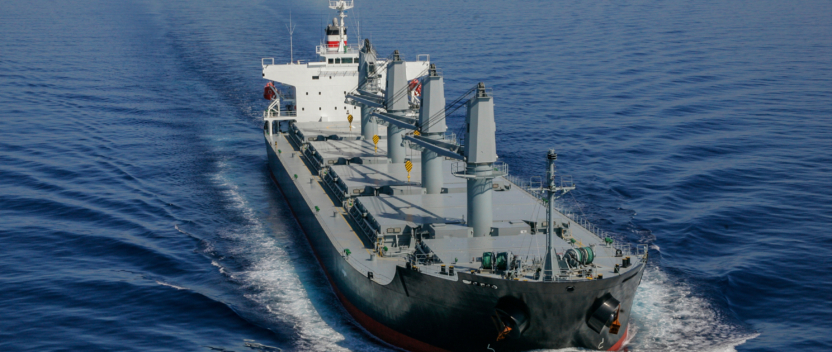Nuclear power – coming to a ship near you?

Might you soon be sailing on a nuclear-powered containership, bulk carrier or cruiseship? The answer is no, but you might be one day. How far that day is from reality depends on multiple factors.
These include the building blocks of technology and regulation without which sustainable progress cannot be made, but market acceptance and public perception could be the issues that hold back nuclear power from widespread adoption.
Nuclear is back on the table as a maritime energy source thanks to the need to cut carbon emissions globally and especially in light of the IMO’s recent Marine Environment Protection Committee (MEPC 80) meeting. While ambitions for reduction in carbon emissions by 2030 have been cut to 20%, the IMO now aims for a 70% reduction by 2040 with the goal of achieving net-zero emissions by 2050.
Of course, nuclear power is already in use as an energy source in naval and ice-breaking vessels but its adoption as a mainstream marine fuel has been off the agenda for reasons of practicality.
The new wave of interest comes from the potential to harness an old nuclear technology and repurpose it as ‘new nuclear’ using small, modular reactors. The technology’s supporters believe it offers substantial benefits, in particular such units do not require solid fuel, which eliminates the need to refuel them during their working life at sea and removes the requirement to handle or dispose of waste except at vessel recycling.
The primary barrier from a shipowner’s point of view is the established commercial models in shipping, in which the majority of merchant ships are not operated day to day by the owning entity but by a charterer on a spot voyage or timecharter basis.
The shipowners will typically finance and maintain the ships – and may operate or manage them – but the charter generally pays for fuel as part of voyage freight or under the agreed timecharter.
A shift to a nuclear-powered vessel would require rethinking shipping’s financial relationships as it would require substantially more upfront investment to construct, and potentially cost more to operate, despite not needing to be refuelled.
The major advantage is that nuclear power has ‘zero emissions’ in service so provides a means to lower financial risks. Even so, for commodity-based tramp ships it won’t fit – at least in the short term – but where a ship is built and chartered for its working life, it could be made to work.
Taking the cost of the nuclear ship and reactor as a whole, the cost of hull – normally the basis of asset valuation – becomes marginal. While the high upfront cost of building and fuelling a nuclear reactor prohibits retrofitting to existing vessels, the lifetime savings and the residual value of nuclear fuel at the end of a ship’s operating life could significantly alter the financing model.
One of the proponents of new molten salt reactors has likened the exposure to paying for all the fuel upfront (but with no emissions and no reduction in vessel performance). It’s a compelling argument but it depends on owners being able to work with a model of finance that has never previously been available in the sector.
The industry is currently spending a lot of time talking about the collaboration and re-writing of business relationships needed to achieve sustainably lower carbon emissions, but these efforts are so far bearing little fruit.
Most importantly, nuclear power still has to overcome negative public perception, similar to that of an unmanned passenger aircraft. It sounds amazing but how far can it be trusted?
The questions are far more numerous than the available answers but it’s clear that progress will be slow to regulatory approval given that nuclear is a completely new approach rather than a new liquid or gas fuel for an internal combustion engine. This is not a technology where existing regulation can be extended or equivalence granted.
Even with maritime regulation in place, like unmanned craft or dangerous cargoes, local authorities might decline to allow nuclear-powered ships to enter their ports. A substantial public education effort will be required and in the era of disinformation and polarised public perceptions – not to mention the interests of fossil fuel producers – there will need to be incentives as well as imperatives.
Since the technology is still in the development phase, finance, technology and public perception are theoretical, but large-scale pilots are expected to begin this year and next. Several groups with experience in nuclear projects are working to commercialise these concepts and Japanese and Korean shipbuilders are leveraging their parent company’s industrial roots to pursue the opportunities in a shipping context.
Despite the drawbacks, nuclear power is gathering serious interest as a pathway to zero-emission shipping. Classification society American Bureau of Shipping (ABS) is among those studying of its potential for propulsion and recently commissioned a study of the impact of nuclear propulsion installation on a 14,000 teu containership and 157,000 dwt Suezmax tanker.
For the containership, the study modelled the impact of installing two lead-cooled (rather than molten salt) 30MW fast reactors, finding that this would both increase cargo capacity and operational speed. In the case of Suezmax tanker the study looked at installing four, 5MW, heat-pipe microreactors, which would decrease cargo carrying capacity, but also increase operational speed.
In both cases the need for refuelling was drastically reduced with the containership requiring no refuelling during a typical 25-year lifespan, and a single refuelling in 25 years for the tanker.
The findings are of course theoretical but they illustrate why the shipping industry cannot afford to ignore the potential offered by nuclear propulsion both in terms of emissions reduction and operational efficiency. Making a ‘net zero’ world a practical reality is some way in the future, but if the industry is serious about lowering its carbon contribution, nuclear will need to play a role.


